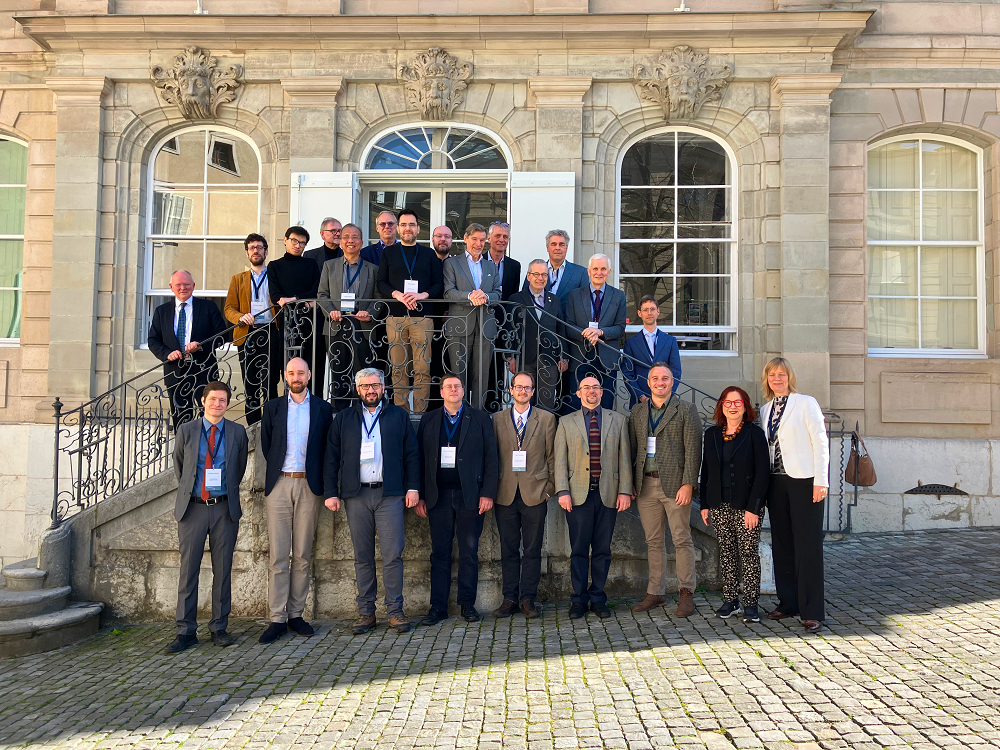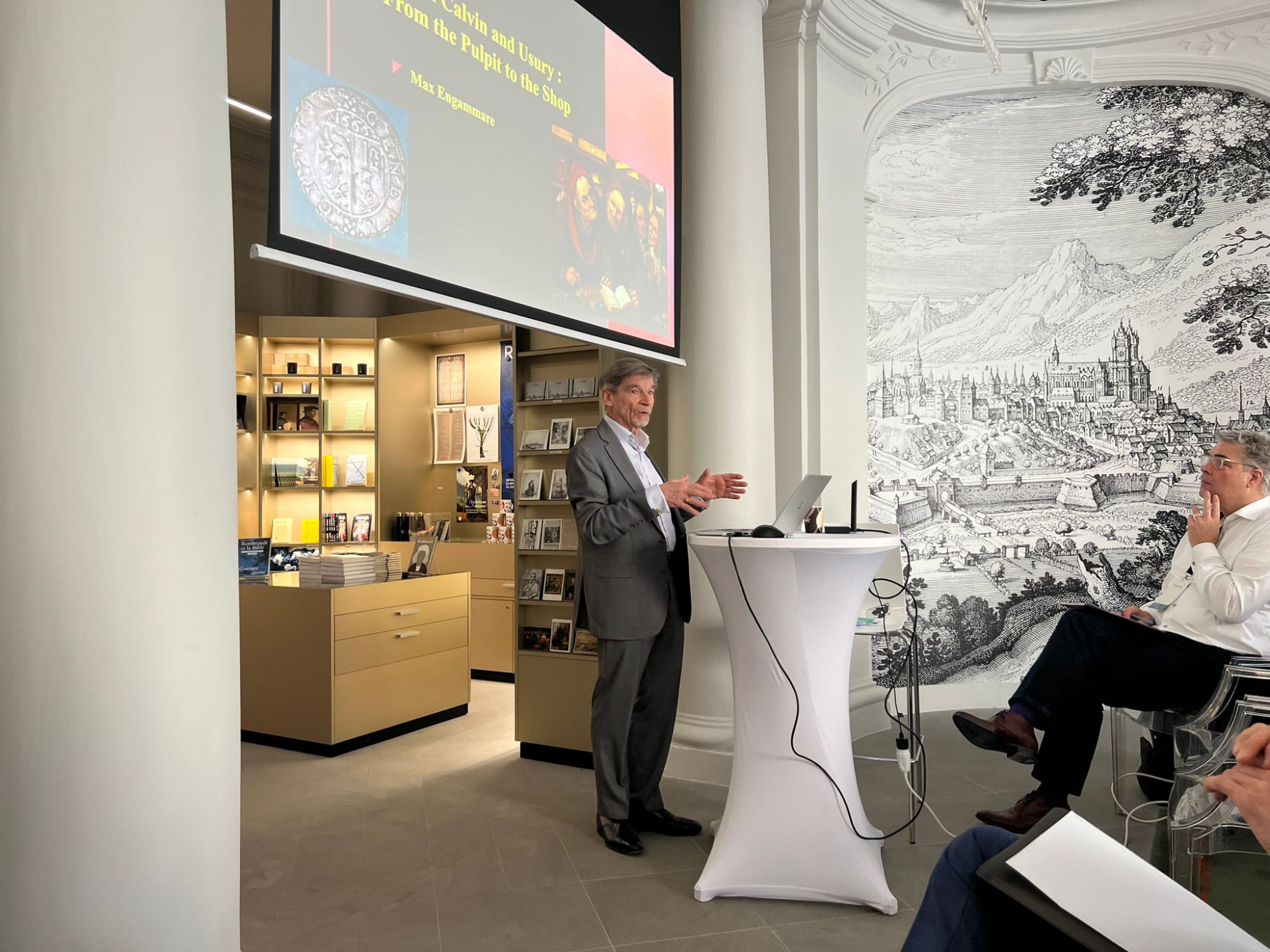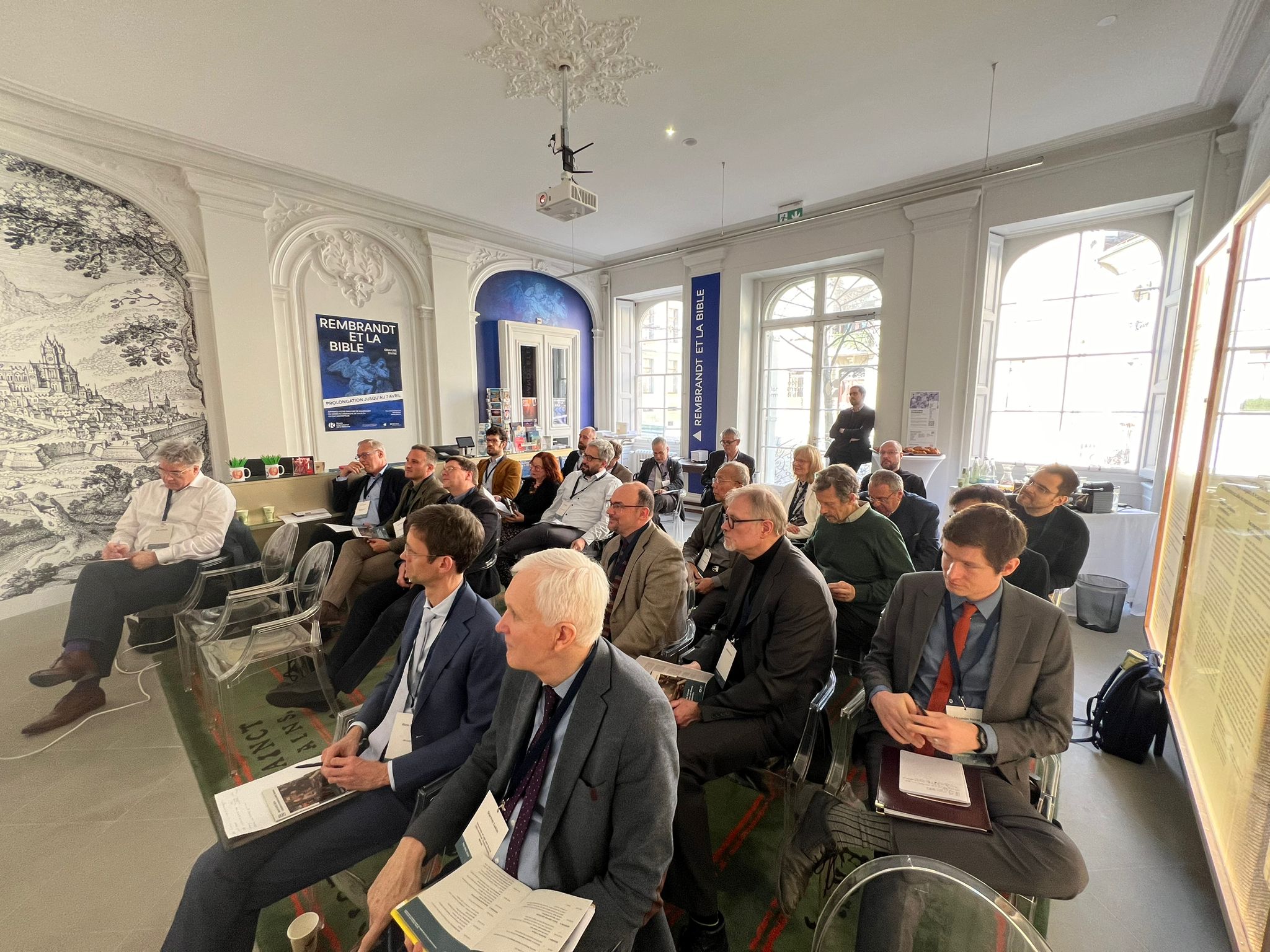19 March 2024
Today and tomorrow, scholars from 12 different countries gather in Geneva to dig deeper into the thoughts and practices on money in Early Modern Christianity. The conference is a result of an intensified collaboration with the International Museum of the Reformation and takes place in the historic city center.

The opening lecture of Max Engammare, director of Editions Droz, focused on John Calvin’s thoughts on the subject and how attempts were made to move from these thoughts to doing. That this did not always go smoothly he proved by examples whereby people were asked excessive usury, or where women who demanded excessive usury were prisoned while their male colleagues, sometimes asking a higher percentage of usury where allowed to go free.

For the international gathering of scholars from 12 different countries, this was a first or renewed introduction to the museum. That many presentations addressed what Calvin taught and wrote was not surprising given the title of the conference (Calvin, Capital and the Camel. Thoughts and Practices on Money in Early Modern Christianity) and the location at a place where the reformer himself set many footsteps.
However, other perspectives were also discussed, like an attempt in early seventeenth century England to introduce the taking the tithes for taking care of the financial interests of the church. On the second day of the conference the focus will be more on catholic traditions.

In a way, for REFORC the conference in Geneva is back to where it all started. Following the MIR’s successful exhibition on 500 years John Calvin in Geneva 2009 and by the Dutch version Calvijn & Wij in Dordrecht, the international platform Refo500 was established, soon expanded with its academic department REFORC. The presence conference is therefore a good example of intensified collaboration with the museum.
The first day of the conference was concluded with guided tours through the permanent exhibition and the temporary exhibition Rembrandt and the Bible by museum director Gabriel de Montmollin and by conservator Jean-Quentin Haefliger.